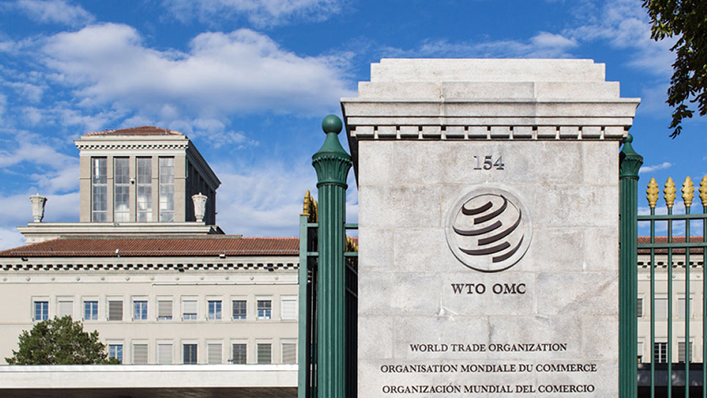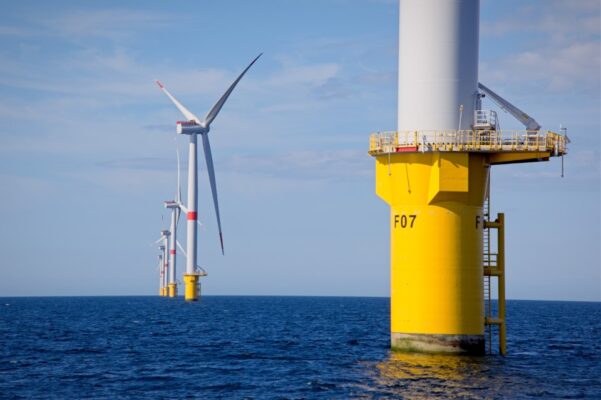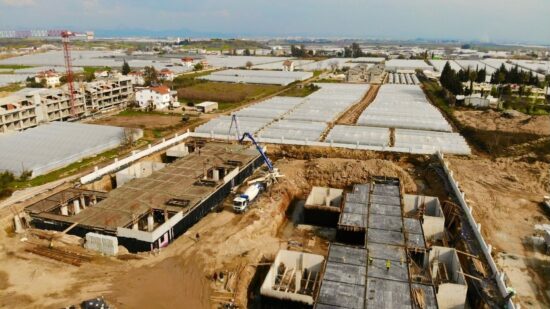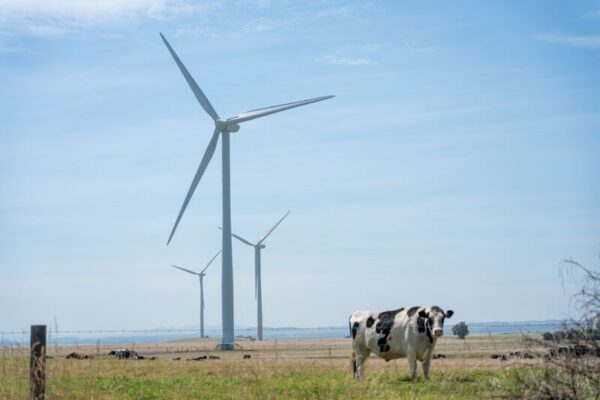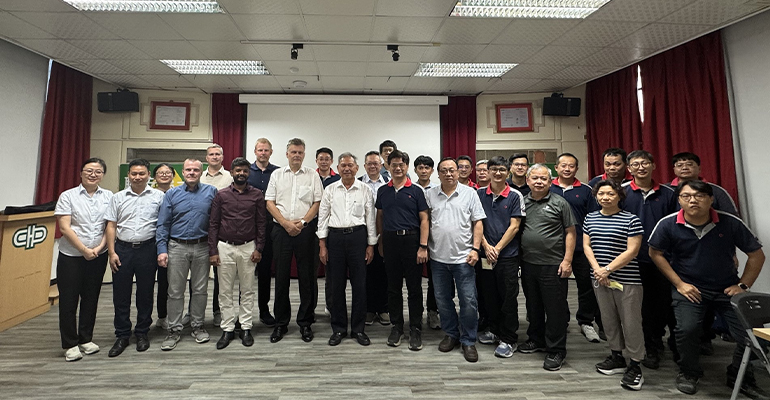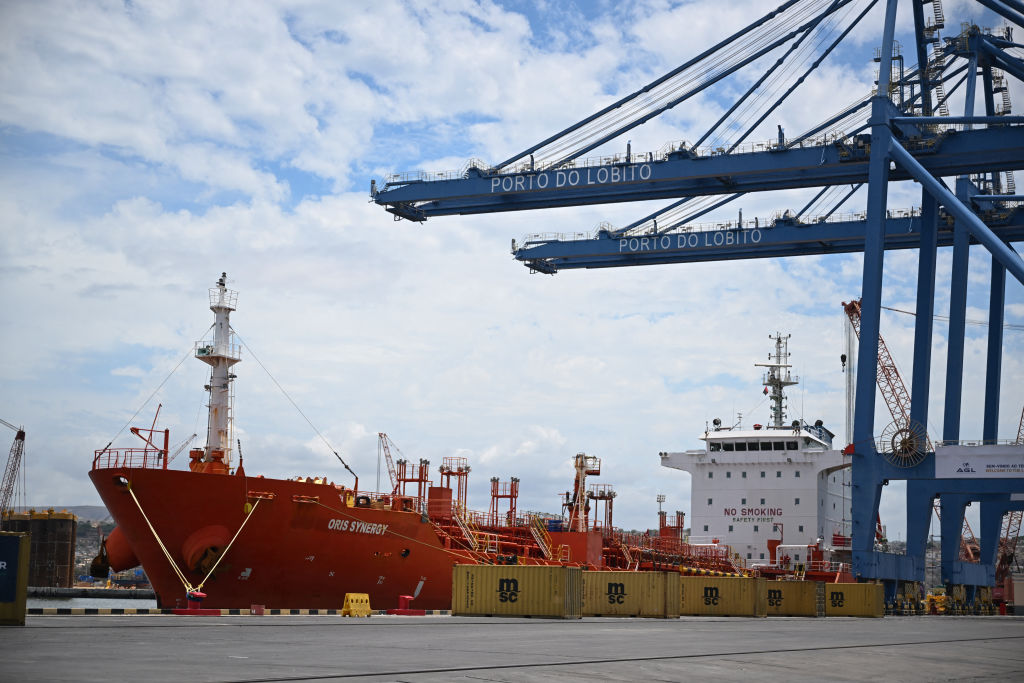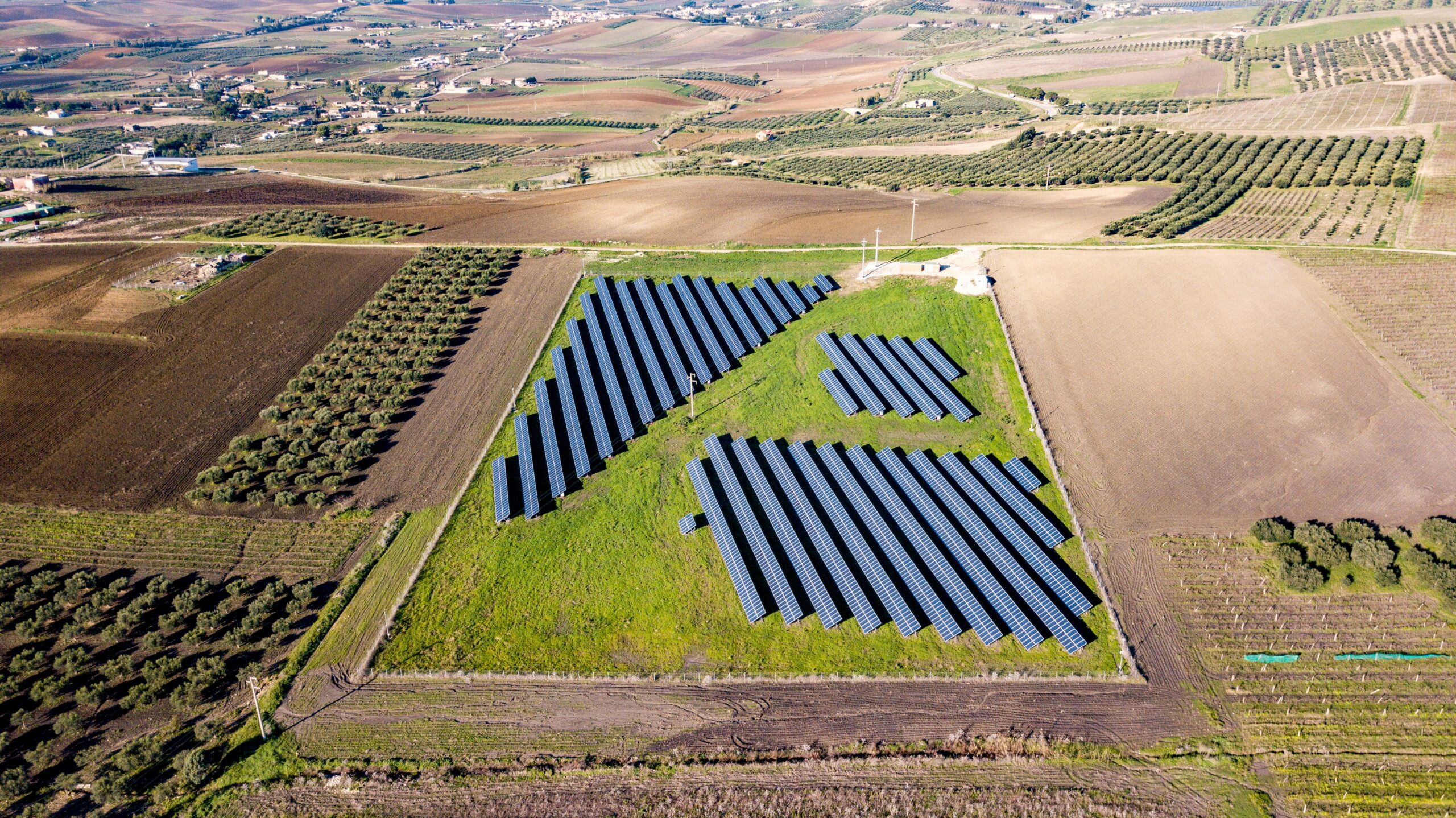PV-powered liquid air system yields hydrogen, heating, fresh water
A global scientific team has designed a novel multigeneration system based on renewable energy and liquid air energy storage, then used soft computing techniques to optimize its operation. The optimized levelized costs of hydrogen (LCoH) were $1.52/kg and $5.22/m³.

A global scientific team has designed a novel multigeneration system based on renewable energy and liquid air energy storage, then used soft computing techniques to optimize its operation. The optimized levelized costs of hydrogen (LCoH) were $1.52/kg and $5.22/m³.
A research team led by scientists from Iran's Toosi University of Technology has proposed a novel multigeneration system that produces electricity, fresh water, hydrogen, heating, cooling, and sodium hypochlorite. It is based on renewable energy with a liquid air energy storage (LAES) system.
“The most novel aspect of the work lies in the advanced integration of a LAES system with a hybrid desalination unit (combining thermal and membrane processes) and a renewable energy-powered multigeneration system, creating a fully coordinated platform for simultaneous energy and freshwater production,” the team explained. “This configuration not only leverages renewable energy to charge the LAES and store excess thermal energy but also smartly recovers waste heat during the discharging phase to drive desalination and hydrogen production processes.”
The initial design of the system includes an LAES with an isentropic efficiency of 85%, a charging time of eight hours, and a discharging time of four hours. Charging is assumed to be powered by solar panels, 2 meters x 2 meters, and wind turbines with an efficiency of 90%. It uses combined cooling, heating, and power (CCHP), which is connected to the discharge side of the LAES. It uses both reverse osmosis (RO) and multi-effect distillation (MED), while using the leftover brine in electrolysis to produce hydrogen and sodium hypochlorite.
The system is assumed to work 1,200 hours per year and to have an operational lifetime of 20 years. For economic evaluation, the discount rate is considered 3%, the inflation and interest rates are both 10%, and the maintenance factor is 3%. It was all modeled in the engineering equation solver (ESS) and was validated against previous studies. All the different parts of the system have obtained an error lower than 6%. Following that, the system was optimized by a soft computing process.
Image: Toosi University of Technology, Journal of Energy Storage, CC BY 4.0

“The optimization process is the way to discover the most appropriate settings. Therefore, a multi-objective particle swarm optimization (MOPSO) algorithm is used to specify the most satisfactory values of selected objective functions. In MOPSO, all elements move by shared and distinct intelligences,” the group explained. “Applying soft-computing techniques for optimization powered by artificial neural networks, the research aims to improve the introduced configuration's efficiency, economic feasibility, and environmental sustainability.”
Results from the initial system show environmental damage effectiveness values of 9.16 for desalination systems, 3.4 for energy storage facilities, and 3.64 for multigeneration systems. The estimated sustainability index (SI), based on calculated exergy efficiency, was 1.88 for the system and 1.92 for the liquid air energy storage (LAES) subsystem. Over its lifetime, the system’s solar components saved 6,141.37 tons of CO₂, while its wind turbines avoided 2,646.31 tons of CO₂ emissions. It also saved more than 55 tons of nitrogen oxides (NOx).
“The optimized values for the levelized costs of hydrogen and water from exergoeconomic analysis are $1.52/kg and $5.22/m3, respectively,” the scientists said. “After the optimization, the system can provide 1.15 GW of cooling, 1.41 GW of domestic heating, 57.47 t of NaClO, 6.49×107 m3 of hydrogen (in gas phase), and 7.59 ×104 m3 of freshwater annually.”
The researchers presented the results in “Soft computing optimization of a renewable energy-integrated multigeneration system with liquid air energy storage,” which was recently published in the Journal of Energy Storage. Scientists from Iran's Toosi University of Technology, Canada's University of Waterloo, the International Business University, Balsillie School of International Affairs (BSIA), and the Netherlands' Eindhoven University of Technology participated in the study.
What's Your Reaction?










